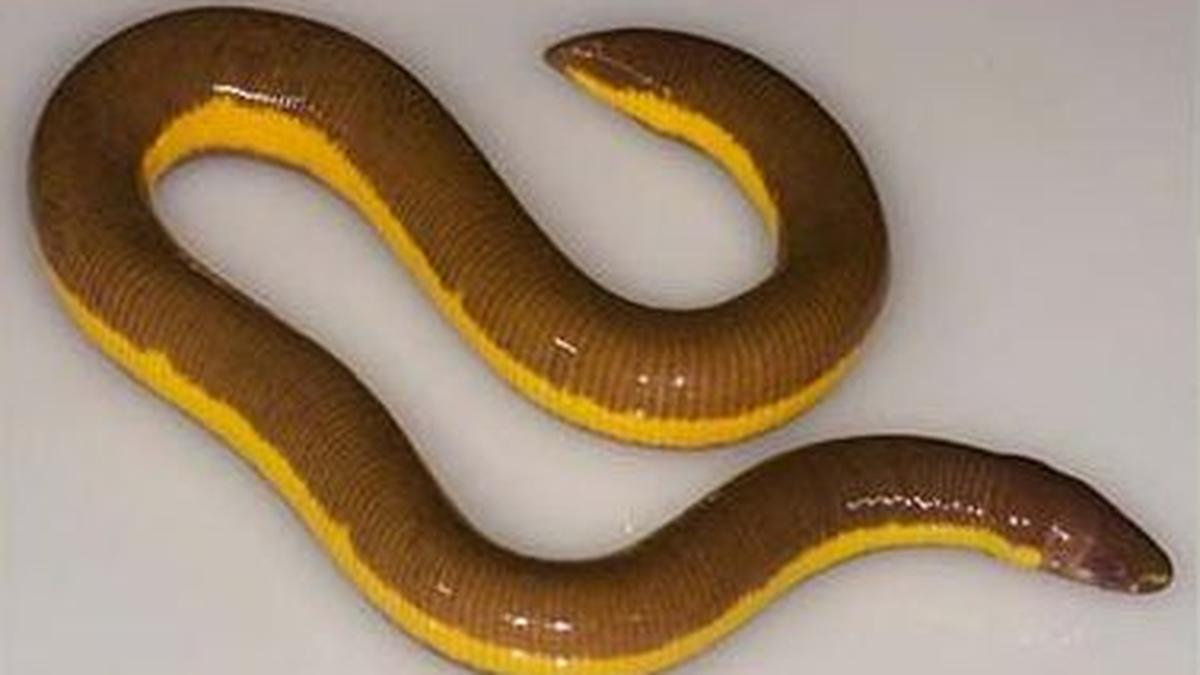Striped Caecilian | 24 Jun 2024
Recently, a limbless amphibian called the Striped Caecilian (Ichthyophis spp) has been discovered for the first time in the Kaziranga National Park and Tiger Reserve, during a rapid herpetofauna survey.
- Reptiles and amphibians are collectively called herpetofauna. Caecilians belong to the family of Ichthyophiidae.
- It is characterised by its worm-like body. They have a limited sense of vision and primarily rely on touch and smell to navigate their environment.
- They spend most of their lives burrowed under soil and are carnivorous.
- Their presence provides critical insights into the evolution and intercontinental speciation due to their ancient lineage.
- They are indicator species for the environment and play a crucial role in controlling pests.
Kaziranga National Park:
- Located between the Brahmaputra River and the Karbi (Mikir) Hills.
- It was declared as a National Park in 1974, and a World Heritage Site by UNESCO in 1985.
- “Big 5” Species: Rhinoceros, Tiger, Elephant, Wild Water Buffalo, and Swamp deer.
- Major vegetation types: Alluvial inundated grasslands, Tropical wet evergreen forests and Tropical semi-evergreen forests.
Read more: Kaziranga National Park, Amphibians Threatened by Climate Change

